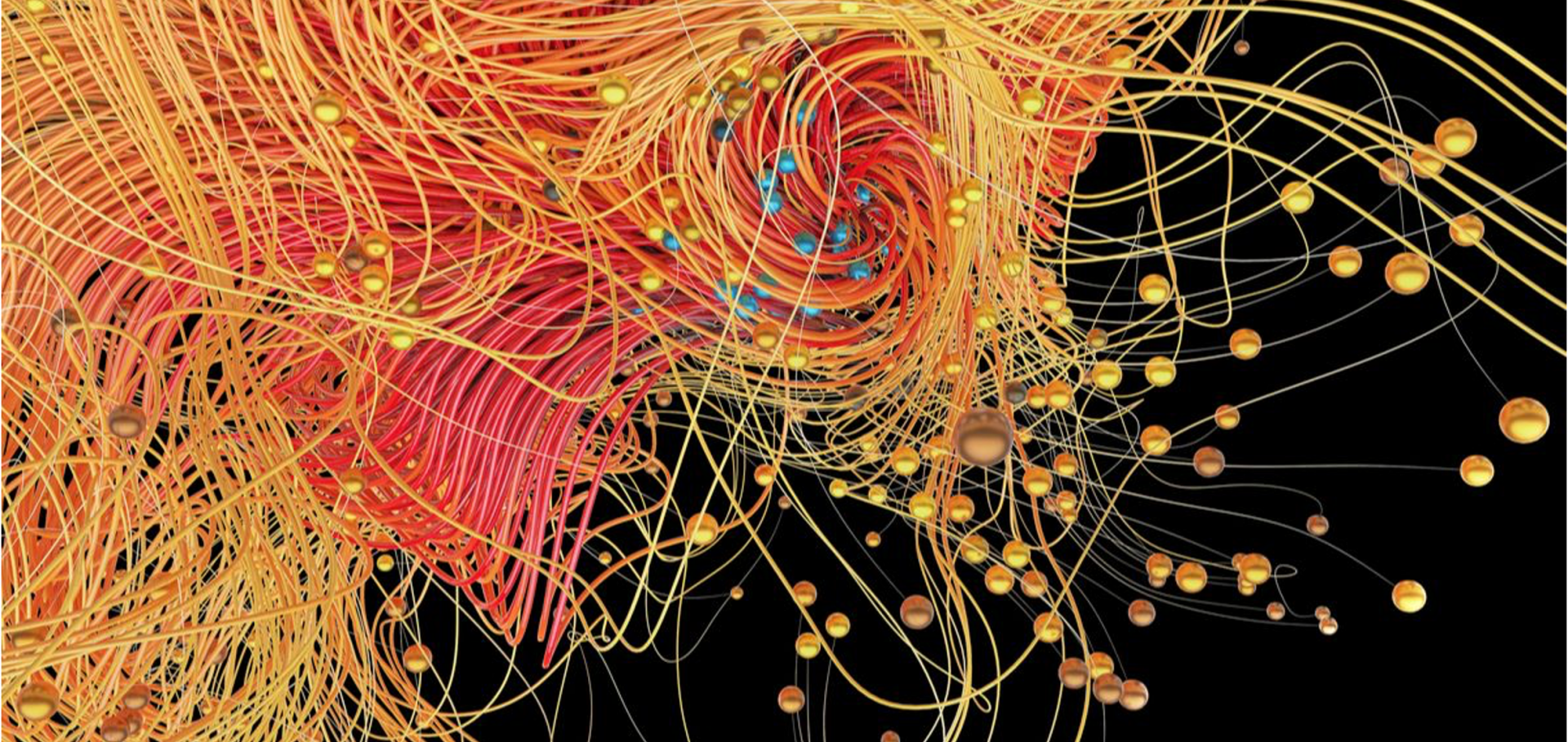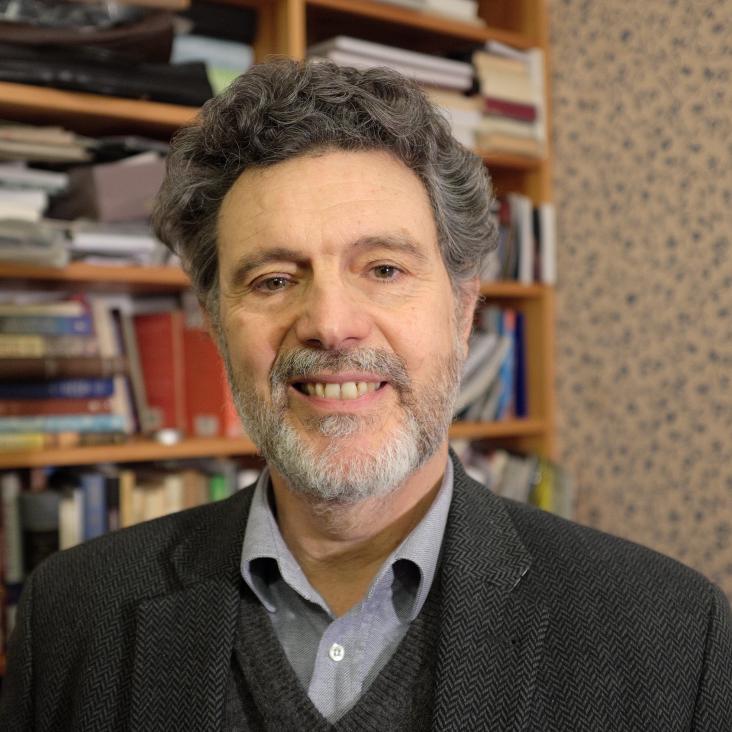Magnetic order in La1-delta MnO3
CZECHOSLOVAK JOURNAL OF PHYSICS 46 (1996) 2123-2124
Raman spectroscopic and neutron diffraction studies on natural and synthetic clathrates of air and nitrogen
NGH '96 - 2ND INTERNATIONAL CONFERENCE ON NATURAL GAS HYDRATES, PROCEEDINGS (1996) 9-16
Simultaneous structural, magnetic, and electronic transitions in La1-xCaxMnO3 with x=0.25 and 0.50.
Phys Rev Lett 75:24 (1995) 4488-4491
Cation and anion disorder in HgBa2 Can-1 Cun O2n+2+δ
Journal of Superconductivity 8:4 (1995) 507-510
Abstract:
Cu and C substitution for Hg in Hg-based cuprate superconductors is discussed. The large Hg Debye-Waller factor usually obtained from refinements based on diffraction data should be interpreted as an indication of carbon substitution for the Hg cations. This assumption is corroborated by HREM, powder x-ray anomalous dispersion, and powder neutron diffraction investigations. © 1995 Plenum Publishing Corporation.Lattice effects on the magnetoresistance in doped LaMnO3.
Phys Rev Lett 75:5 (1995) 914-917



